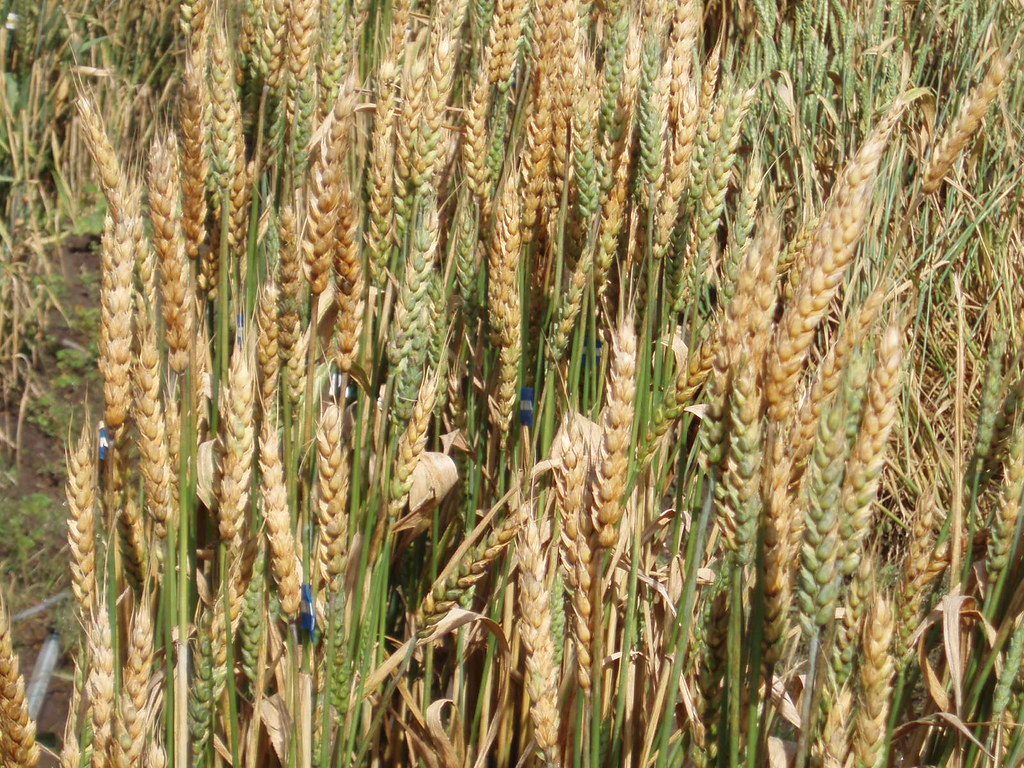
Understanding Fusarium Head Blight in Small Grain Cereals
Fusarium Head Blight (FHB), also known as scab, is a fungal disease that affects small grain cereals like wheat, barley, oats, rye, corn, triticale, canary seed, and some forage grasses. This article provides insights into FHB, its impact, symptoms, prevention, and management strategies.
Impact of Fusarium Head Blight
FHB leads to reduced yield, grade, and end-use quality in small grain cereals. It causes economic losses due to restricted crop rotations, limited variety selection, control costs, and reduced marketing opportunities. Managing FHB is crucial for sustaining crop productivity and profitability.
Symptoms and Development
FHB symptoms appear during moist and warm conditions at flowering. It can affect the entire head or specific spikelets, resulting in poor yield and the formation of fusarium damaged kernels (FDK). These lightweight kernels are susceptible to loss during harvesting or cleaning, contributing to economic losses.
Fusarium Species and Disease Spread
FHB is caused by various Fusarium species, with F. graminearum posing a significant risk due to its aggressiveness and toxin production. Changes in climate, farming practices, and seed movement influence FHB spread and severity. Monitoring Fusarium species and their chemotypes is essential for effective disease management.
Disease Cycle and Conditions for Infection
Fusarium fungi survive on crop residues and seeds, with precipitation and humidity facilitating spore germination and infection. Ideal temperatures for FHB development range from 16 to 30°C. The disease spreads through rain-splash, wind, and wounds, impacting cereals during flowering and seed set stages.
Symptoms and Mycotoxins
FHB symptoms include water-soaked spots, bleaching of glumes, premature spikelet bleaching, and fungal spore masses. Infected kernels exhibit shrunken, chalky appearance with potential mycotoxin contamination, notably deoxynivalenol (DON). Managing mycotoxin levels is crucial for grain quality and safety.

Management Strategies
An integrated approach is key to controlling FHB:
- Seed Treatment: Use seed treatments to limit early infections and seedling blights.
- Crop Rotation: Rotate crops to reduce inoculum buildup and disease pressure.
- Stubble Management: Promote residue decomposition through chopping and spreading.
- Variety Selection: Choose resistant or less susceptible varieties to minimize FHB impact.
- Fungicides: Consider foliar fungicides for suppression, following recommended guidelines.
- Harvest Management: Adjust combine settings to reduce lightweight kernels and DON levels.
Decision-Making and Future Considerations
Utilize tools like FHB risk maps, consult with agronomists, and monitor weather conditions for informed decisions. Research on fungicide resistance, improved varieties, and effective spraying techniques continues to enhance FHB management practices.
Fusarium Head Blight requires proactive and multifaceted strategies to mitigate its impact on small grain cereals, ensuring sustainable crop production and quality.
